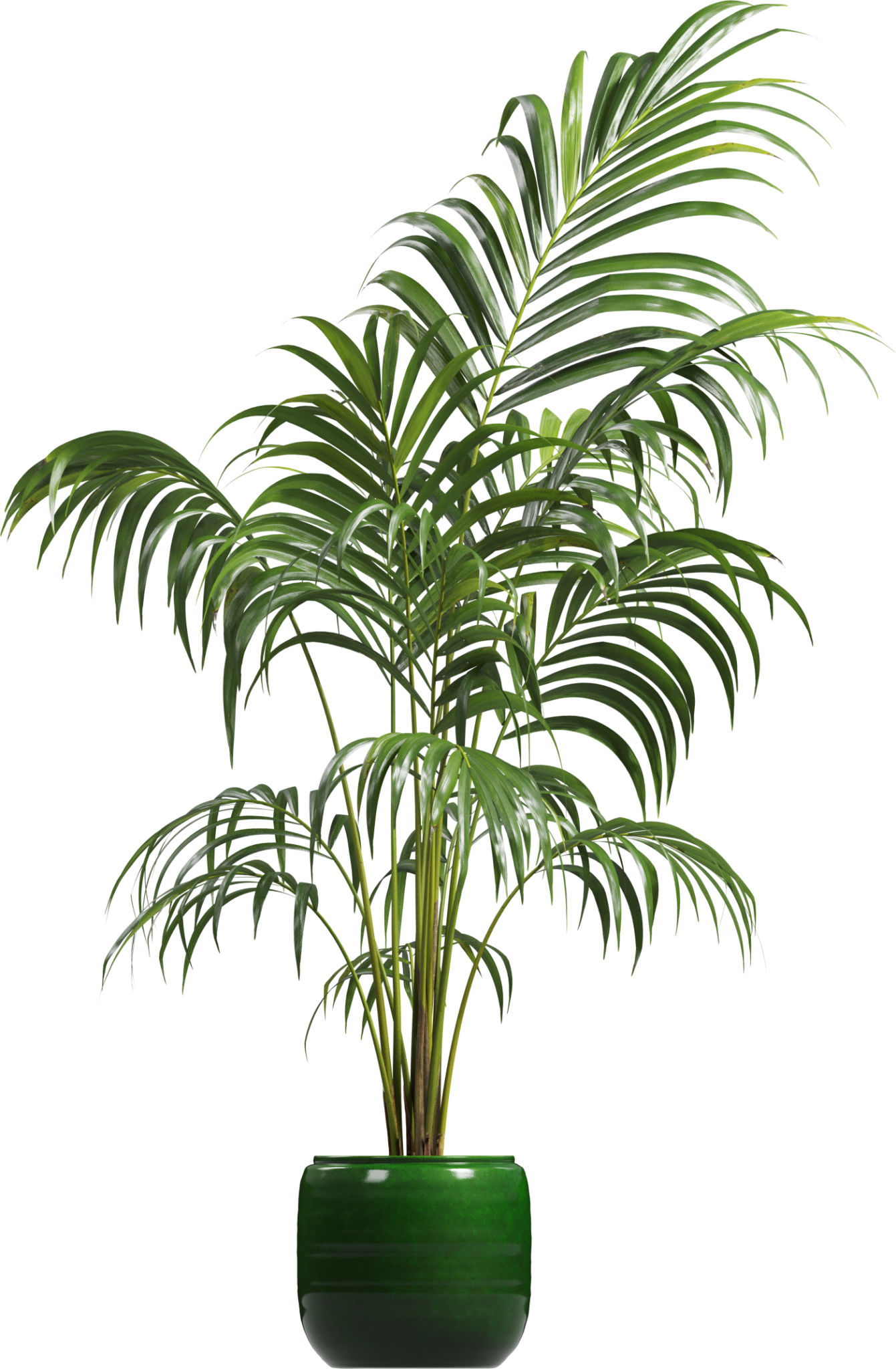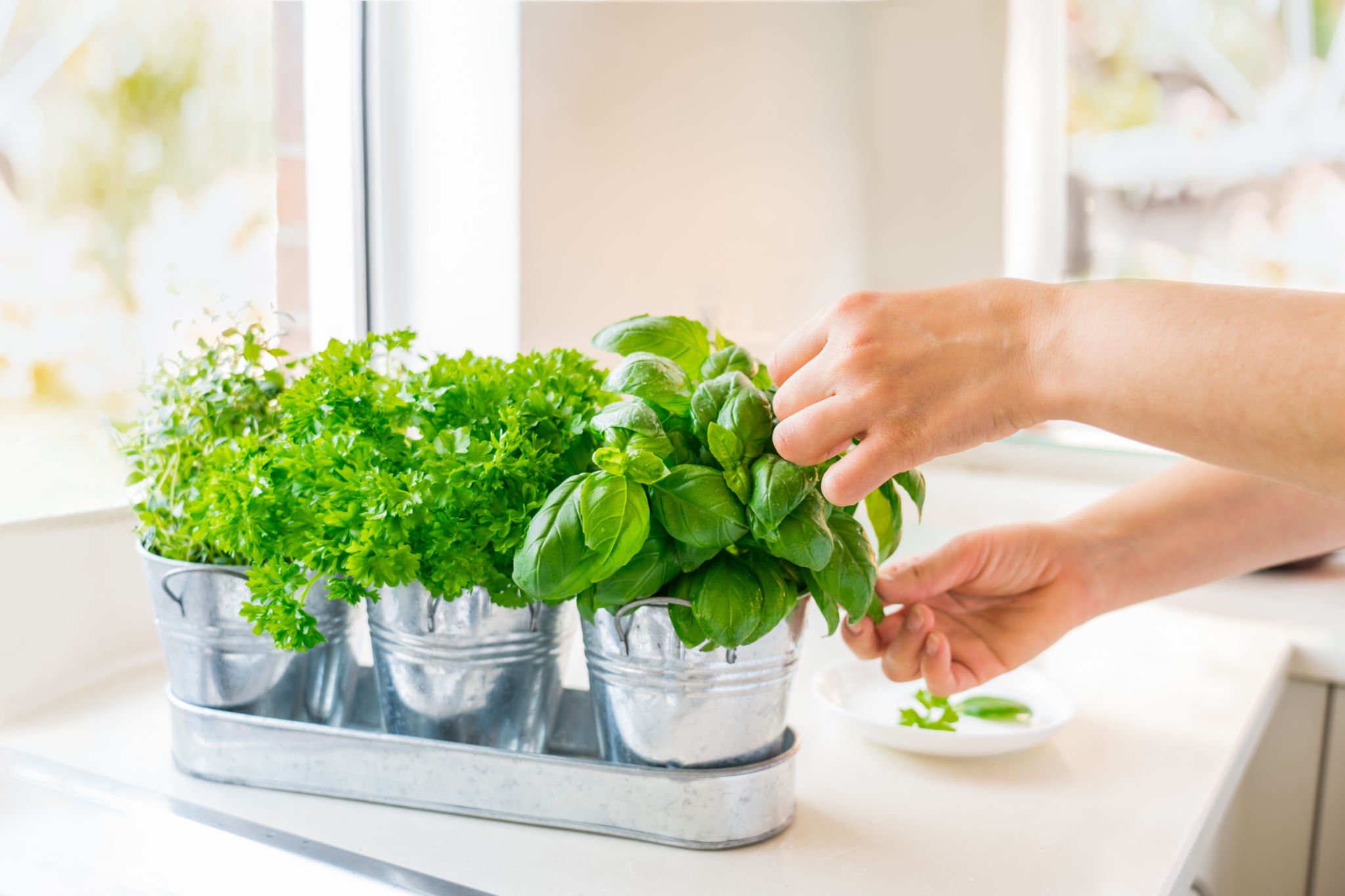Common Misconceptions About Air Purifying Plants Debunked
The Myth of Air Purifying Plants
Air purifying plants have gained popularity over recent years, often celebrated as natural solutions for improving indoor air quality. However, there are several misconceptions surrounding their effectiveness. Understanding the facts can help you make more informed decisions about incorporating plants into your home.

The NASA Study Misinterpretation
One of the most cited pieces of research supporting air purifying plants is the NASA Clean Air Study. While this study did find that certain plants can remove toxins like benzene and formaldehyde from the air, it is often misunderstood. The experiments were conducted in sealed, controlled environments, not in typical household settings. Therefore, the results might not translate to real-world scenarios.
In a home, the air exchange rate is much higher, meaning the impact of a few houseplants on overall air quality is likely minimal. To achieve significant air purification similar to the study, you'd need a large number of plants in a confined space.
Quantity Over Quality
A common misconception is that a few plants can drastically improve air quality. In reality, the number of plants required to make a noticeable difference is far greater than what most people have room for in their homes. According to some estimates, you would need roughly one plant per square foot of space to replicate the effects observed in laboratory conditions.

Plants vs. Air Purifiers
Another misunderstanding involves comparing plants directly with mechanical air purifiers. While both aim to improve air quality, their effectiveness and mechanisms are quite different. Air purifiers are designed to filter out particles and pollutants from the air continuously and efficiently, whereas plants have a much slower and less comprehensive impact.
If you're serious about improving indoor air quality, investing in a quality air purifier is a more effective choice. Plants can still play a role by adding humidity and enhancing the aesthetic of your space, but they shouldn't be relied upon solely for air purification.
The Benefits of Houseplants
While their ability to purify air may be overstated, houseplants offer other benefits that shouldn't be overlooked. They can improve mood, increase productivity, and reduce stress, making them valuable additions to any living or working environment. Moreover, plants can enhance the aesthetic appeal of your home, creating a more inviting atmosphere.

The Right Plant for You
If you decide to incorporate plants into your space, it's important to choose those that fit your environment and lifestyle. Consider factors such as lighting conditions, maintenance needs, and potential allergens. Popular choices include snake plants, pothos, and peace lilies, which are relatively easy to care for and offer some degree of air purification.
Ultimately, while houseplants may not be the miracle air purifiers they're often made out to be, they still hold value in our homes for numerous reasons. By understanding their limitations and benefits, you can enjoy their presence without falling for common misconceptions.